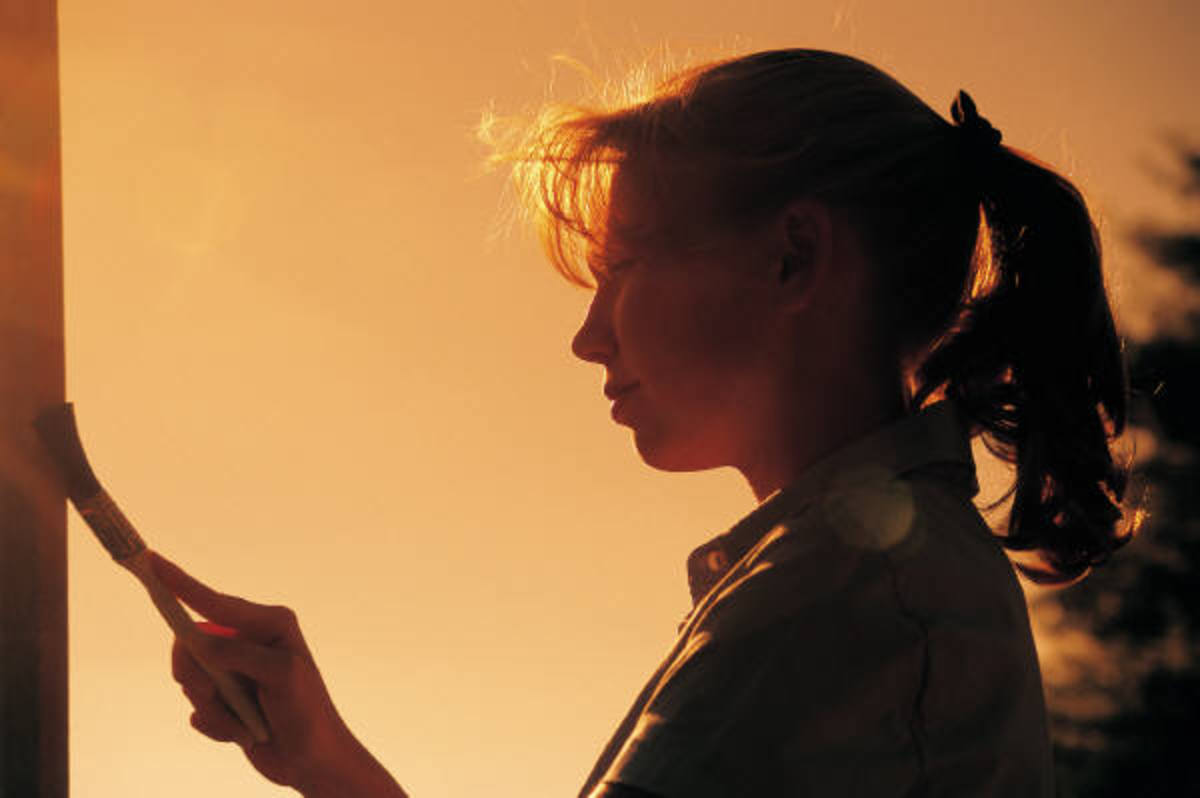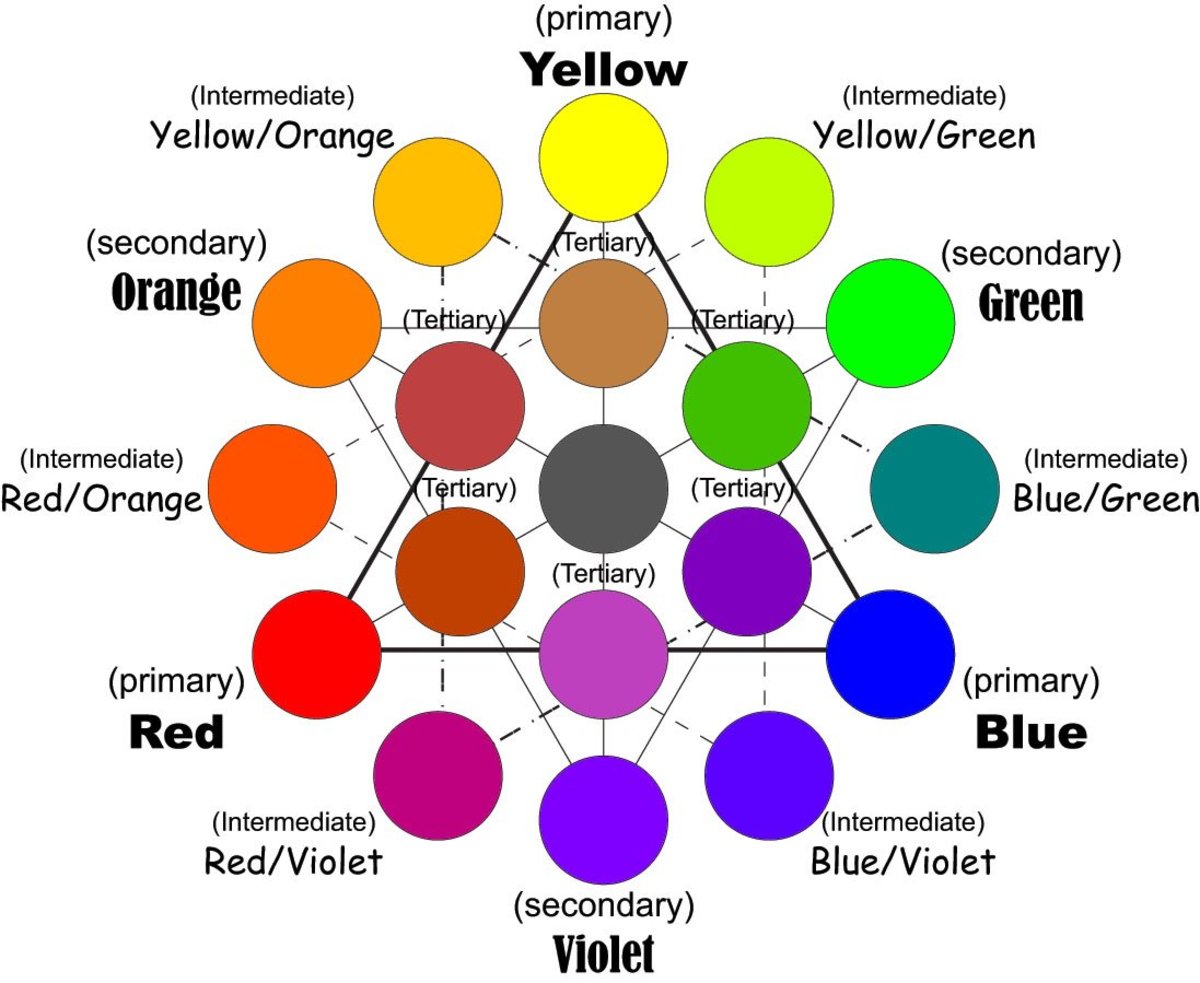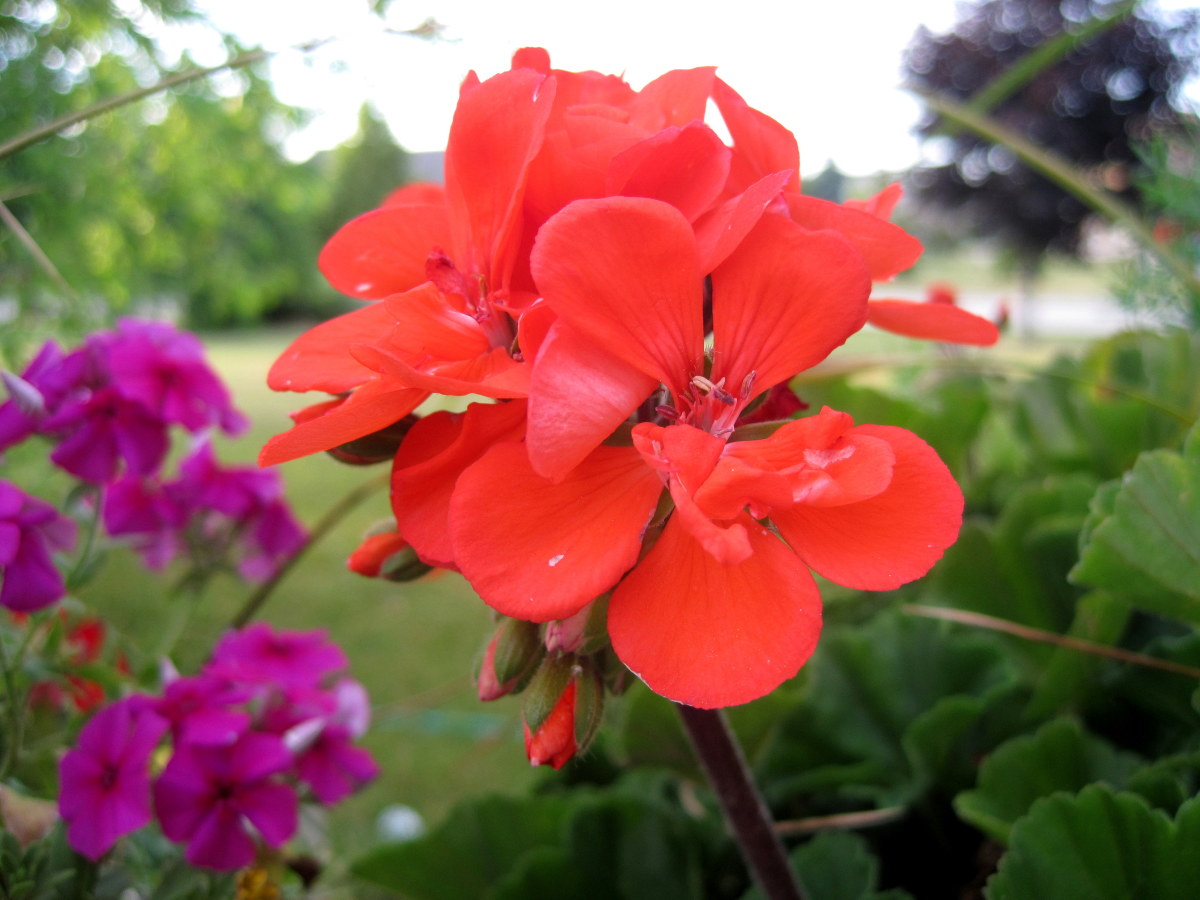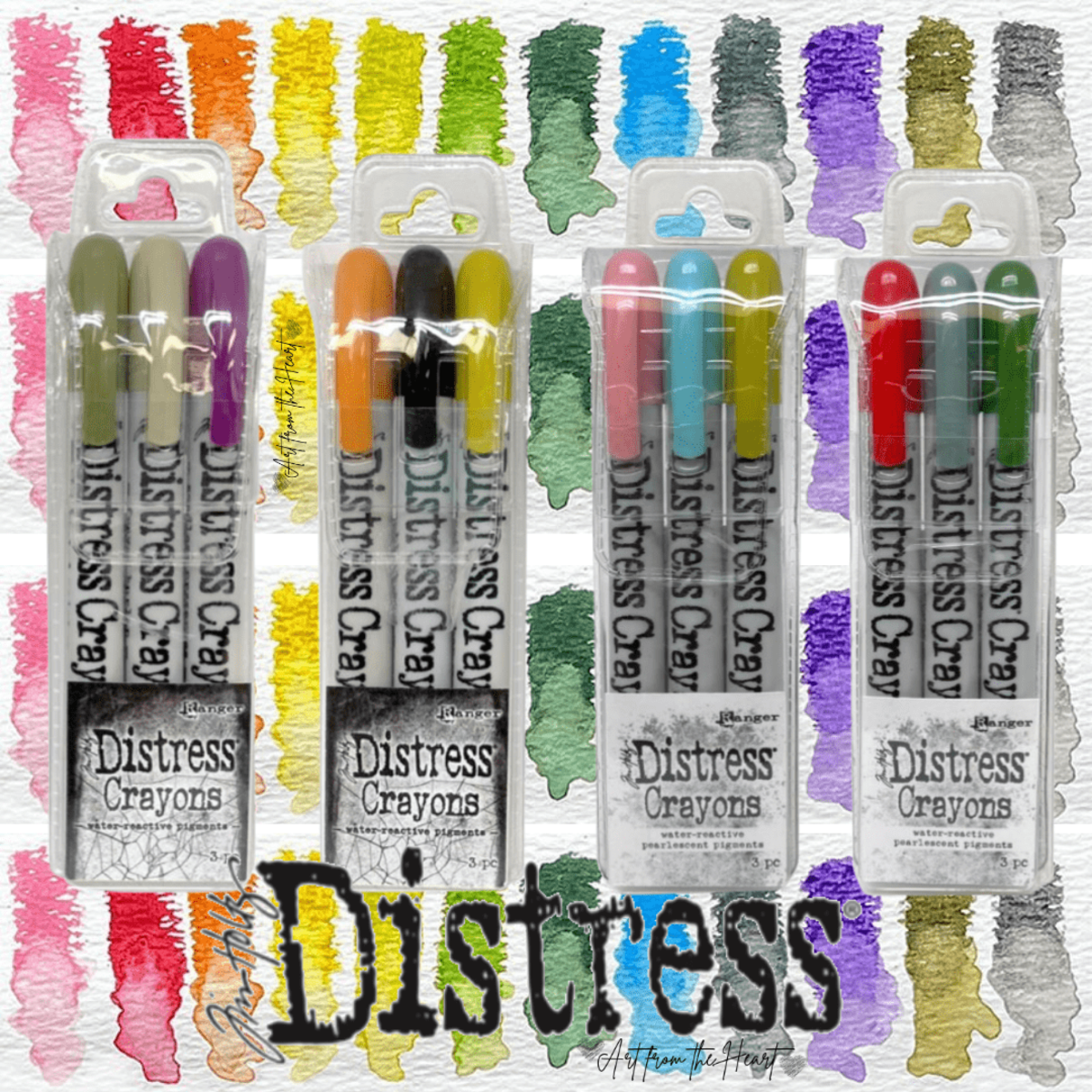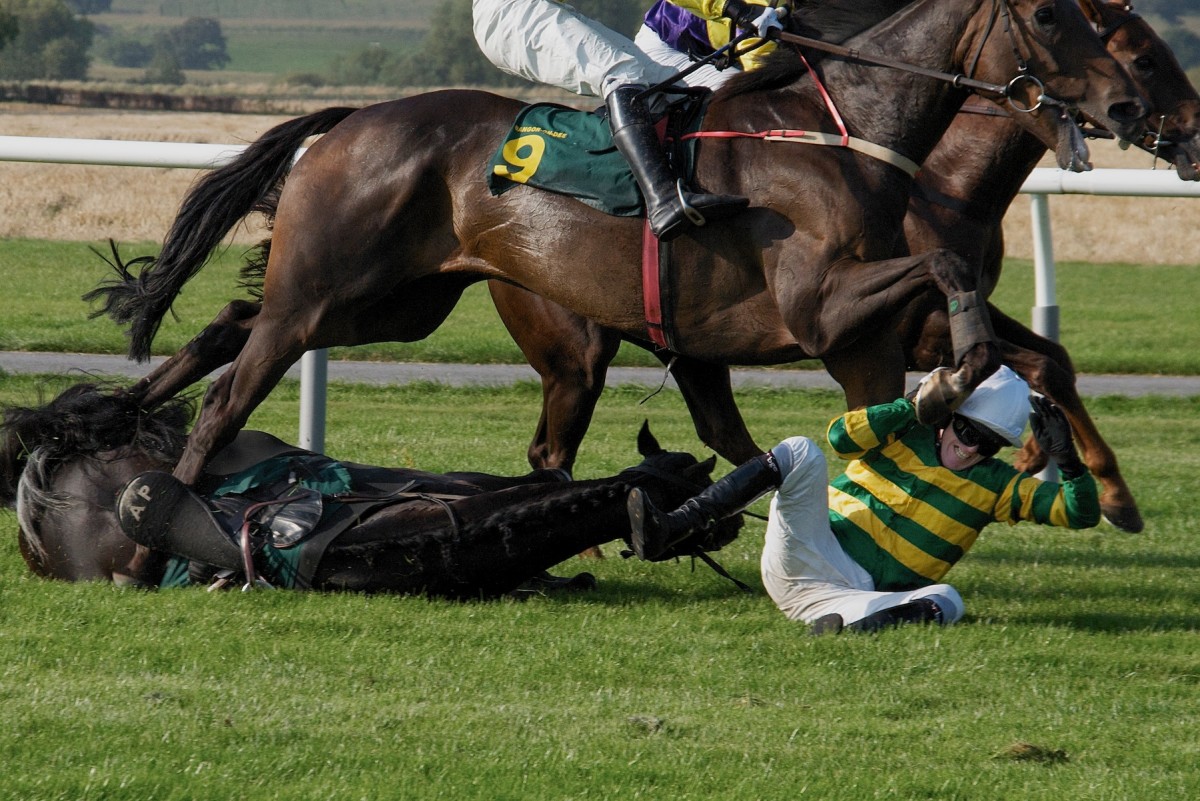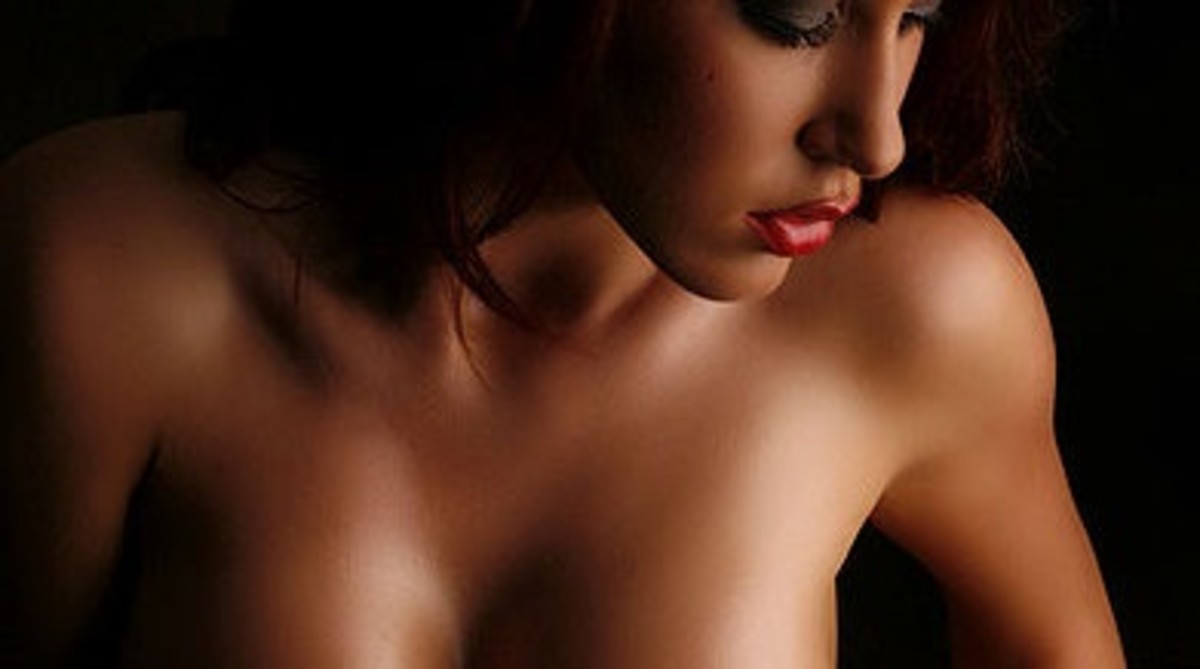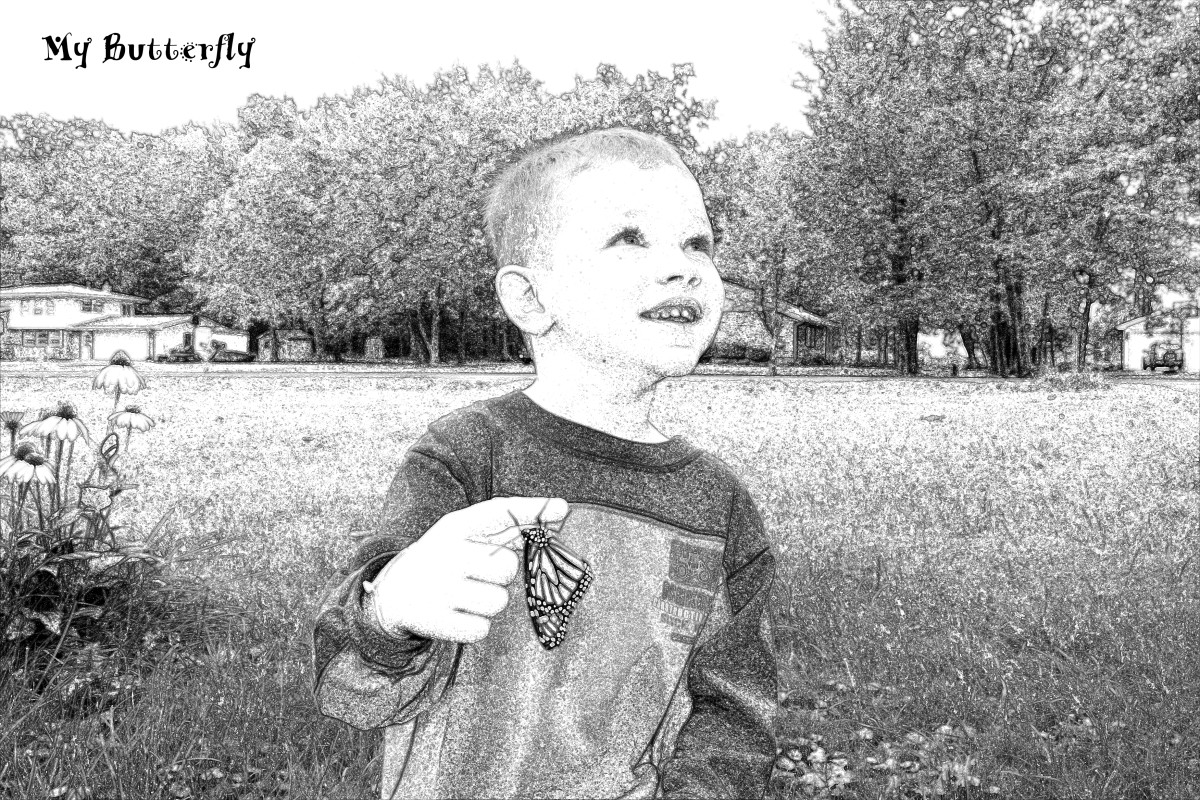Macro Photography Abstracts - Using Pattern and Texture
Macro Photography Abstracts - Using Pattern and Texture
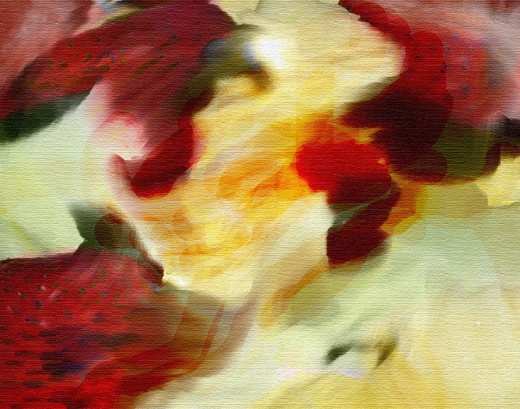
Abstract photography
When photographing abstracts using pattern and texture should be the point of emphasis in the photos, with strong attention to color. Abstract photography is defined as photos that are not clearly recognized as a whole nor being recognized as part of a whole either, at least in the majority of cases.
Abstract photography is best suited for macro photography, but it doesn't have to be. On several occasions I have taken photographs of parts of a subject simply because of the available vibrant color. Although macro is ideally suited for abstract photography so long as the images present a view that an audience enjoys because of the color, texture, patterns and other elements without actually seeing the whole is more important than whether or not the subject is photographed up close (macro).
Some of my favorite photo subjects are found at carnivals. I have several shots of those old wooden horses found there, parts of signs, parts of vending machines etc.
The idea is to locate a specific part that has a discernible pattern or texture and if the color is vibrant even better. The shot should be pleasing to look at, it should bring intrigue to the equation and make the viewer ask " what is this?, I want to see more!
Some of the best subjects are found in the leaves of plants (fresh or dry) and the petals as well as the stamens. Note: for special effects when photographing dry leaves, use a gold reflector to add warmth to the shot.
Tree bark offers ample opportunity to show pattern and texture. Insect wings, specially butterflies are specially suited because they most always have a clear pattern and often a vibrant color as well. Pebbles are a good source too. Bird feathers make great subjects because of their repetitive patterns, although you would have to photograph the feathers by themselves rather than on a bird. Close ups or macros, due to the magnification factor will render even the sightless movement as a blur so you have to pay extra attention to movement. Using a tripod is always recommended as well as using an electronic shutter release mechanism.
A technique that I have used on more than one occasion is to photograph the eye of marionettes, characters at carnivals statues and so on. They lend themselves very easily as conversation starters and our brain will immediately focus on the eyes. Next time you look at a photo, see where your focus falls on first (assuming that eyes are present in the photo).
Keep in mind that the key is to show only a portion of the subject that is not clearly discernible as part of a whole (you can't tell what it is). Include patterns, if repetitive then better. Use color, vibrant colors work best. Make it a documentary; start with abstracts, then take shots that show more and more of the subject until finally it is clearly visible and recognizable.
Glass cups, jars, colored windows, colored marbles, all of these are excellent for abstract photography. Here is a sample of one of my most successful shots: a tall clear glass, filled with soda and ice cubes, placed on a dark board with a small hole in it, illuminated from below and shot from above. Try it as an experiment and get in close. The room must be dark with only the light of the illuminated glass being the only one. A simple set up but it illustrates the essence of abstract photography.
Other subjects can be a piece of string, parts of a painting, cloths, clay pots, parts of figures and ceramics. The list goes on but you get the idea.
Although not all abstracts need be close ups, if you decide on doing abstract macro photography, then the use of macro lenses or magnification filter, a solid tripod and a ring flash are gear that you should not be without.
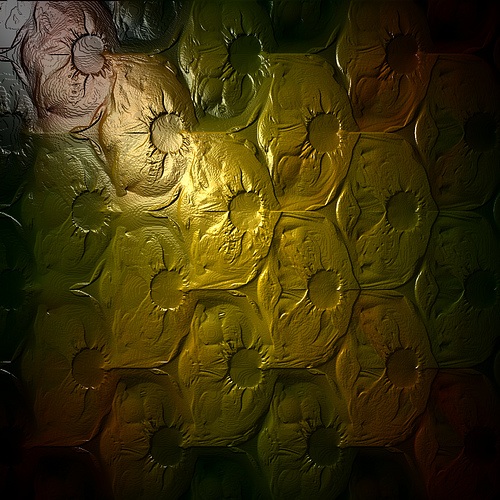
For further reading
- Abstract Photography
Abstract photography can produce very dramatic images. It relies on our more primitive sense of form, color, and flow than it does on detail. The problem is that most photographers tend to think in terms of detail when evaluating photographic opportu
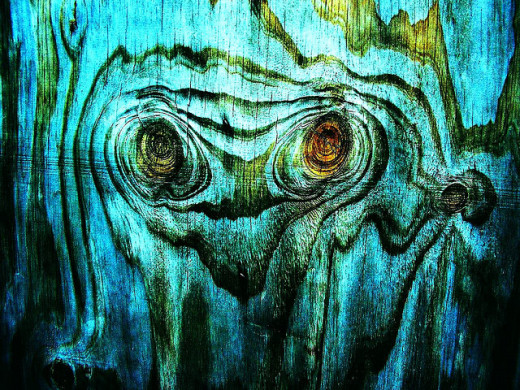
Abstract photo interest poll
Was this interesting?
© 2011 Luis E Gonzalez


